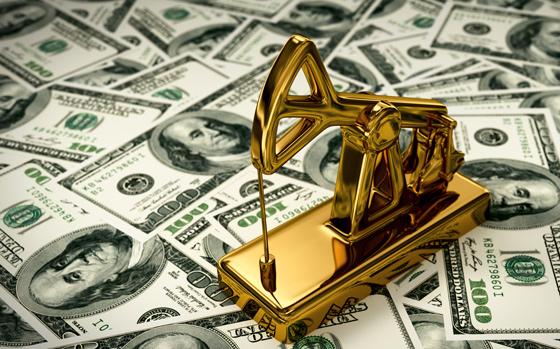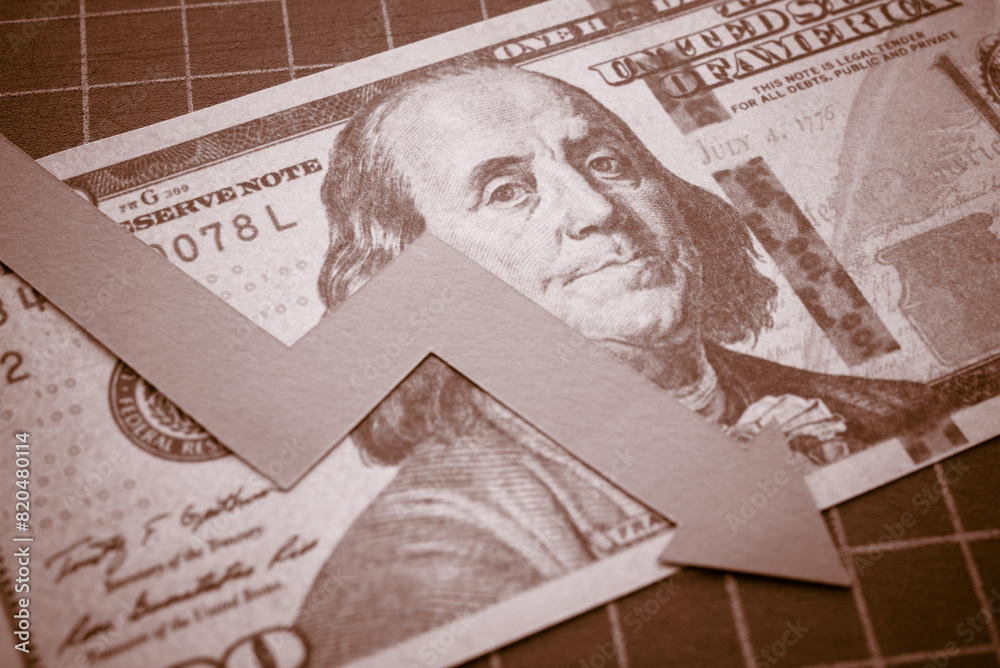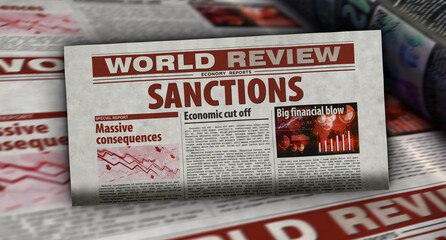In an article published at Contrarian Profits, Wayne Burritt suggests that the technicals and fundamentals point to a stock market that is ready to rocket to new highs this year.
The fact is the market made positive moves long before the economy was showing a ton of life. And if you don’t jump in early, you’re likely to miss the best moves.
And now, with the 960 level for the S&P 500 — the top of the resistance range — clearly out of the way, U.S. stocks are now setting their sights on the next big resistance level of 1313, set way back in August of last year.
Now, getting there won’t be a straight line: 300-plus point moves don’t usually happen like that. So there will likely be the occasional, healthy pullback along the way.
But there’s no doubt: From a technical perspective, the 1313 level on the S&P 500 is the next order of business.
Mr. Burritt also argues that the fundamentals are strong and will continue to be a positive factor on the markets:
For a while now, I’ve said that the housing market got us into this mess and the housing market will get us out.
Well, the facts are in: Housing is beginning to show consistent signs of life.
Sales of existing single-family homes jumped 7.2% in July compared to the month earlier. That’s the largest increase since the National Association of Realtors began tracking data way back in 1999. Plus, it marked the fourth monthly increase in a row.
In other words, the improvement in the real estate market isn’t just a flash in the pan. It’s here to stay.
But that’s not all. Compared to July 2008, home sales were up a solid 5%. That’s the first year-over-year gain since November 2005. And that means the real estate market is showing significant legs, even when dealing with tough year-ago comparisons.
—–
And it’s not just the real estate market that’s showing solid fundamental action. The broader economy is looking good, too. According to Federal Reserve Chairman Ben Bernanke…
“Fears of financial collapse have receded substantially… After contracting sharply over the past year, economic activity appears to be leveling out, both in the U.S. and abroad, and the prospects for a return to growth in the next year appear good.â€
And he’s not alone. According a survey of economists by the Wall Street Journal, 28 of 45 respondents say the recession is already behind us, and 16 say it will end by December of this year.
I don’t know about you, but that’s a hugely bullish factor to me. But there’s more: GDP forecasts are also on the rise.
My Comments: I may not be an economist or a market analyst of the caliber of Mr. Burritt, but something doesn’t smell right here — and I just took a shower, so it’s not me and it’s not the new Australian tea tree oil shampoo my wife picked up at Kroger.
However, I am not so sure the fundamental analysis can be completely trusted, as Mr. Burritt failed to mention several important elements. The fundamentals discussed here relate only to existing home sales but make no mention of the over 1.5 million existing foreclosures in this country, with many more to come when the banks finally put those on the books. It is no secret that banks are refusing to foreclose on homes so that they can keep those bad loans off their books to keep up the solvency charade. As Karl Denninger has pointed out recently, the delinquency cure rates on those homes that are 30 or 60 days behind on mortgage payments has fallen from 45% a year ago to 6.6% now. Home owners have gotten hammered and many are simply walking away. So, while we may have seen a (seasonal) boost in home sales in July, I don’t think you will see these rates continue to increase.
And yes, we may see GDP increase in the 3rd quarter, and perhaps the 4th, but how much of that GDP is from government driven spending? The private sector is getting killed right now and most people agree that that is where the real driver of the economy is. In my opinion, fourth quarter retail sales will be the worst we’ve seen in probably two or three decades, so don’t expect to see these positive retail sales and GDP numbers continue into next year, it just doesn’t seem possible without consumer participation.
There is no mention here of the looming commercial real estate collapse, which has already begun, as evidenced by the collapse of General Growth Properties and other major commercial real estate players. This can’t be good for the fundamentals OR the stock market.
And finally, the consumer is getting absolutely hammered and is tapped out at this point. There is no credit to lend from the banks — credit card companies are cutting back significantly on credit lines with credit card default rates at 10% or more in some cases. There is no more money to spend. In addition to the lack of what has essentially been a second income (credit) for the last two decades, consumers are seeing continued job losses and wage cuts in their primary income streams. This is not going to stop any time soon. Many argue that unemployment is a lagging indicator, but the fact is, we are still losing jobs and will continue to do so, probably for years to come as credit continues to contract. If there are no jobs, then there is no consumer, which means there is no spending.
So, while the stock market may continue to rise erratically and for no real fundamental reason at all (which I don’t think is necessarily going to happen), the fact remains that we are in the middle of a depressive cycle. Fundamentals are crap and 40% of the volume in the stock market exists in four (4) insolvent institutions (Citi, Fannie, Freddie and AIG — see zerohedge.com for more). Take a look at Dry Ships and other transportation indexes and you’ll see that world trade has collapsed, which means no one is buying anything because, well, they’re broke!










0 Comments